Celebrating Hispanic Heritage Month at the Libraries
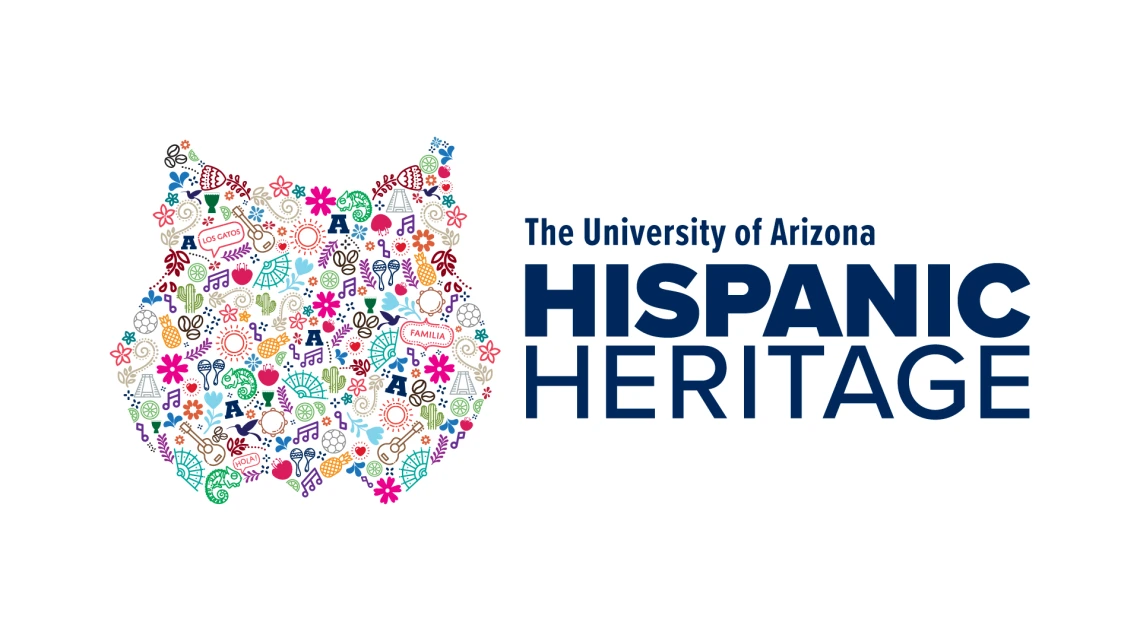
University Libraries is celebrating Hispanic Heritage Month (September 15-October 15) by highlighting history, people, digital collections, and online exhibits that include and represent Hispanic, Latinx, and Chicano/a/x communities.
Stay tuned as new highlights are added.
Using newspapers to expand data literacy and explore border studies
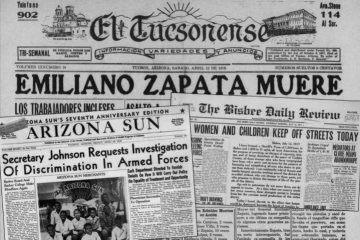
Through a grant provided by The Andrew W. Mellon Foundation, the University Libraries used several digitized historical Arizona newspapers to introduce students to data literacy and computational analysis. One of the newspapers, El Tucsonense, was published between 1915-1959 and was one of the most influential Spanish language newspapers in Tucson.
The Newspapers as Data project gives a strong sense of the rich historical culture and what we can learn from the time period that El Tucsonense was published.
Not only did this project highlight our commitment to student success and documenting the U.S.-Mexico borderlands, it also addresses two initiatives of the university's strategic plan: establishing data literacy in undergraduate education and creating an interdisciplinary curriculum for border studies.
Partnering with the Confluencenter on PandemiDiarios online exhibit
In 2020, Special Collections partnered with the Confluencenter for Creative Inquiry by hosting the online exhibit, PandemiDiarios.
PandemiDiarios, which blends “pandemic” and “diarios" (diaries), focuses on art and experiences as a result of the COVID-19 pandemic. Sixteen creators received microgrants from the Confluencenter to showcase their works, which range from visual art, interviews, and photography.
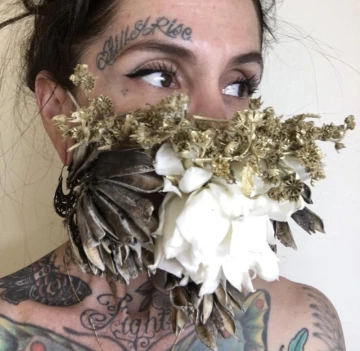
The concept focuses on centering these experiences from the perspective of people who have been disproportionately affected by the pandemic, including "racial and ethnic minorities; the elderly; health, service, and other essential workers; and socioeconomically disadvantaged members of our community," according to the Confluencenter.
Visit the online exhibit in the Special Collections Family and Community Archives to explore these projects.
Featured work
Masks of May, a collection of 31 masks made by Racheal Rios and Rebecca Zapien representing each day in May. Materials are found and repurposed objects from home generally regarded as mundane.
Taking pride in keeping cultural traditions alive
Armando Cruz, senior HR coordinator for the University Libraries, supports recruitment, hiring, and employment transactions for our faculty, staff, and student employees. He also serves as the faculty affairs lead for promotions and evaluations.
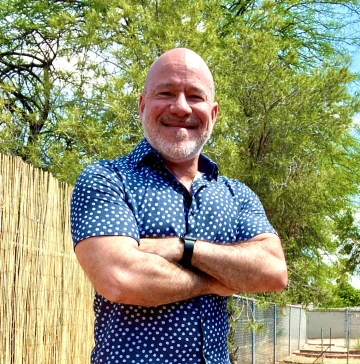
We asked Armando what his heritage means to him, and here's what he shared:
"Puerto Rican heritage is filled with colorful traditions, tasty food, some of the best music in the world, and an expressive, warm, and friendly people. We come from Africa, Spain, and other parts of the world, yet we have Taino blood coursing through our veins. Puerto Rico has a complicated history with the United States, but through it all we have persevered as a people.
Though my siblings and I were born on the mainland, my parents kept Puerto Rican traditions alive in our home, especially around the holidays. If I had to pick my favorite childhood memory, it would be the parrandas during Christmas. Parrandas are somewhat like Christmas caroling, except with traditional Puerto Rican music and lots of food. As we went from home to home, we collected more families to join our caravan. It was a beautiful experience!
But it wasn’t always easy growing up in a bilingual and bicultural household though. Sometimes society – in school, at church, on excursions with the family – made us feel like second-class citizens because we weren’t American enough. Luckily, my parents were much wiser and taught us to eventually take pride in our language and cultural traditions.
Today, my heritage means family and holding close what was passed down to us from my parents, who learned it from their parents.
I would not trade my Puerto Rican heritage for anything in the world!"
Traveling back in history through yearbooks
If you're interested in learning more about what was happening on campus decades ago, take a look at our University of Arizona yearbooks digital collection.
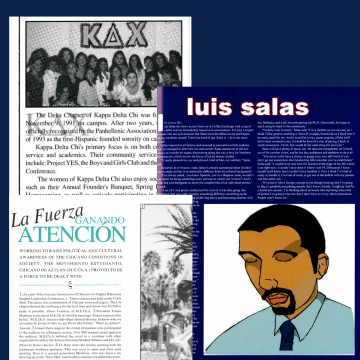
Learn about Kappa Delta Chi, the first Hispanic sorority on campus in 1995. Read more about Luis Salas, an art history student in 2005 who dreamed of becoming a teacher. Go back to 1996 to explore how the university's cultural student groups worked to raise awareness around Chicano affairs.
You can flip through digitized yearbooks created by scanning original copies that were housed in Special Collections.
The oldest yearbook dates back to 1903, and the last yearbook was issued in 2005.
Discovering our books and online collections
Did you know that we have one of the nation's finest collections of archival materials and printed texts on the Borderlands of the Southwest and northwest of Mexico? You can explore materials from manuscripts to photographs that include different communities of people and historical moments.
The Documented Border is a Special Collections open-access digital archive that includes oral histories and materials that focus on untold, silenced stories and events about the U.S.-Mexico Borderlands region.
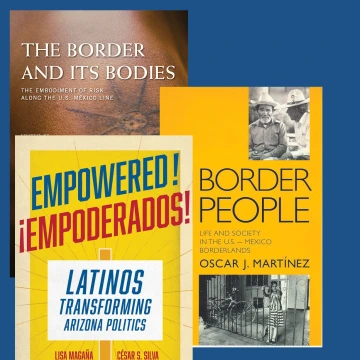
Now is a good time to add some more books to your TRL (to read later) list.
The University of Arizona Press, which was founded more than 60 years ago and is part of the University Libraries, publish a wide range of books in Border Studies.
The Press also established Open Arizona, a collection of open-access books that emphasize the relevance of the southwestern United States to understanding contemporary American life.
About the University of Arizona cultural logos
The University’s heritage dates back to 1885 and is rich in diversity and character. To recognize and celebrate our distinct cultures, a dedicated team of students, faculty, staff, campus cultural groups and alumni collaborated to create the first official University of Arizona Cultural Logos.
Each cultural logo includes three distinct parts: cultural icons, the Wildcat brand mark, and a title that represents the expression or celebration of each culture.
